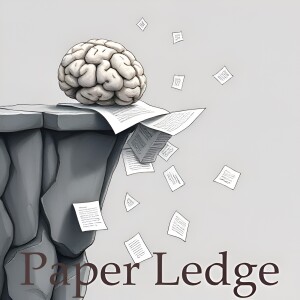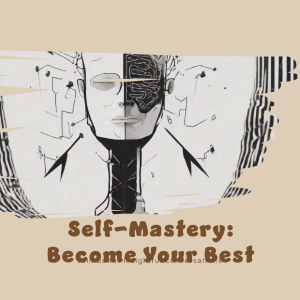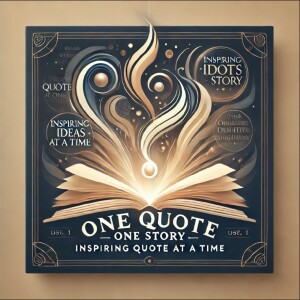

Computer Vision - OmniVinci Enhancing Architecture and Data for Omni-Modal Understanding LLM
Hey PaperLedge crew, Ernis here, ready to dive into some cutting-edge AI! Today, we're talking about a new project called OmniVinci – and it's all about teaching computers to understand the world the way we do, using all our senses. Imagine a world where robots don't just see, but also hear, and then understand how those two senses connect. That's the goal!
Think about it: you're watching a video of someone playing the guitar. You see their fingers move, and you hear the music. Your brain effortlessly connects those two things. But for computers, that's a huge challenge. OmniVinci is a step towards bridging that gap, building an AI that can process information from multiple sources – like sight and sound – simultaneously.
The researchers behind OmniVinci focused on two main things: the model architecture (basically, how the AI is built) and the data it learns from. Let's break that down:
-
Model Architecture: They came up with three clever tricks to help the AI learn:
- OmniAlignNet: This is like a translator that makes sure the AI understands the connection between what it sees and what it hears. Imagine trying to follow a conversation in two different languages – OmniAlignNet helps the AI keep everything aligned.
- Temporal Embedding Grouping: This helps the AI understand when things happen in relation to each other. So, if the video shows a drumstick hitting a drum right before you hear a bang, the AI gets that connection.
- Constrained Rotary Time Embedding: This helps the AI understand the exact timing of events. It's like having a super-precise clock that helps the AI keep track of everything.
- Data: They created a massive dataset of 24 million conversations that include both visual and audio information. It's like giving the AI a huge library full of video clips and audio recordings to learn from.
The results are pretty impressive! OmniVinci does a much better job at understanding cross-modal information (linking sight and sound) compared to other similar AIs. They even mention Qwen2.5-Omni as a benchmark, with OmniVinci showing significant improvements on tasks that require cross-modal understanding, audio processing, and video analysis. What's really exciting is that OmniVinci achieved these results using less training data, making it more efficient.
"Modalities reinforce one another in both perception and reasoning."That means that when the AI can see and hear, it actually understands things better than if it could only do one or the other. It's like how you understand a movie better when you can see the actors and hear their voices!
So, why does this matter? Well, the potential applications are huge! The researchers highlight a few:
- Robotics: Imagine robots that can understand their environment better, allowing them to navigate complex situations and interact with humans more naturally.
- Medical AI: Think about AI that can analyze medical images and audio recordings (like heart sounds) to help doctors diagnose diseases more accurately.
- Smart Factories: Picture factories where AI can monitor production lines, detect anomalies, and optimize processes based on both visual and auditory cues.
This isn't just about building cool gadgets; it's about creating AI that can truly understand and interact with the world around us in a more meaningful way.
Here are a couple of things that make me wonder:
- How easily could OmniVinci be tricked? Since it's learning patterns, could cleverly designed sounds and images fool it into misinterpreting a situation?
- What are the ethical considerations of giving AI this kind of multi-sensory understanding? Could it be used for surveillance in ways that violate privacy?
What do you think, PaperLedge crew? Is OmniVinci a game-changer, or are there potential pitfalls we need to consider? Let's discuss!
Credit to Paper authors: Hanrong Ye, Chao-Han Huck Yang, Arushi Goel, Wei Huang, Ligeng Zhu, Yuanhang Su, Sean Lin, An-Chieh Cheng, Zhen Wan, Jinchuan Tian, Yuming Lou, Dong Yang, Zhijian Liu, Yukang Chen, Ambrish Dantrey, Ehsan Jahangiri, Sreyan Ghosh, Daguang Xu, Ehsan Hosseini-Asl, Danial Mohseni Taheri, Vidya Murali, Sifei Liu, Jason Lu, Oluwatobi Olabiyi, Frank Wang, Rafael Valle, Bryan Catanzaro, Andrew Tao, Song Han, Jan Kautz, Hongxu Yin, Pavlo Molchanov
More Episodes
All Episodes>>Create Your Podcast In Minutes
- Full-featured podcast site
- Unlimited storage and bandwidth
- Comprehensive podcast stats
- Distribute to Apple Podcasts, Spotify, and more
- Make money with your podcast












